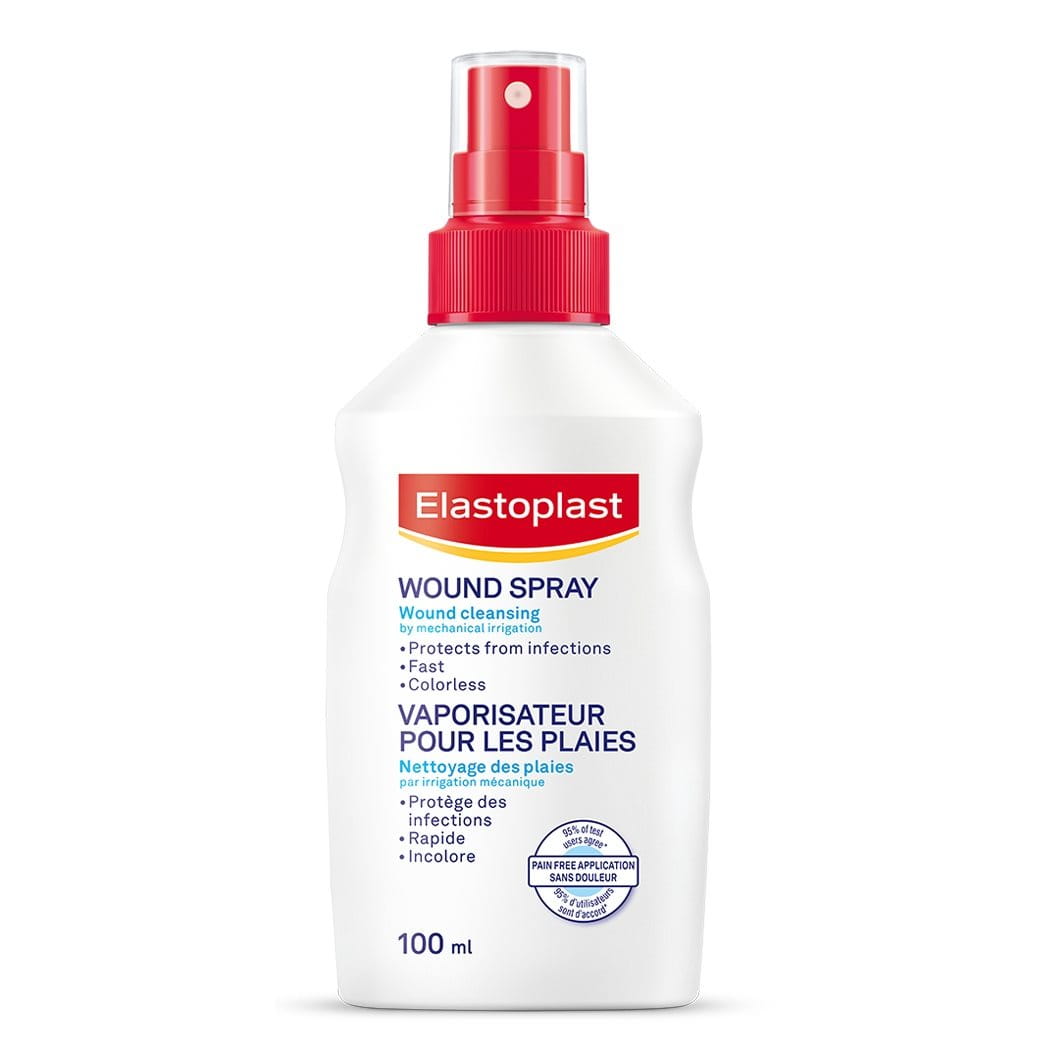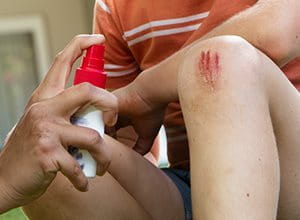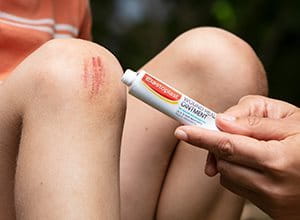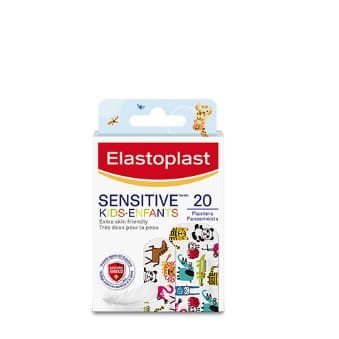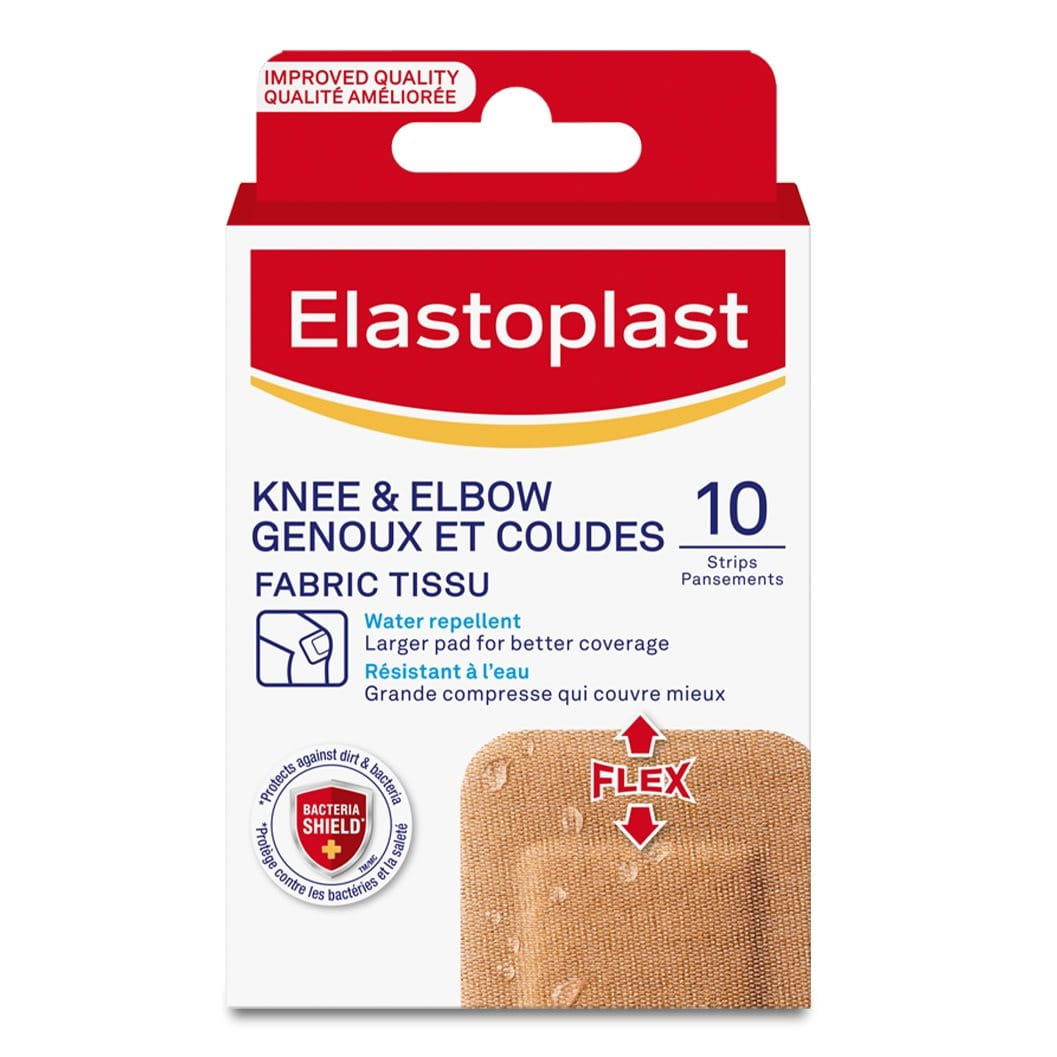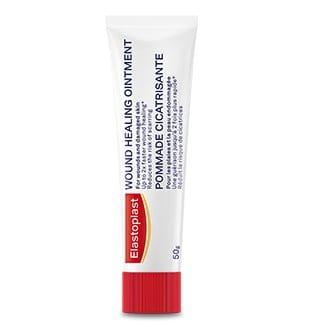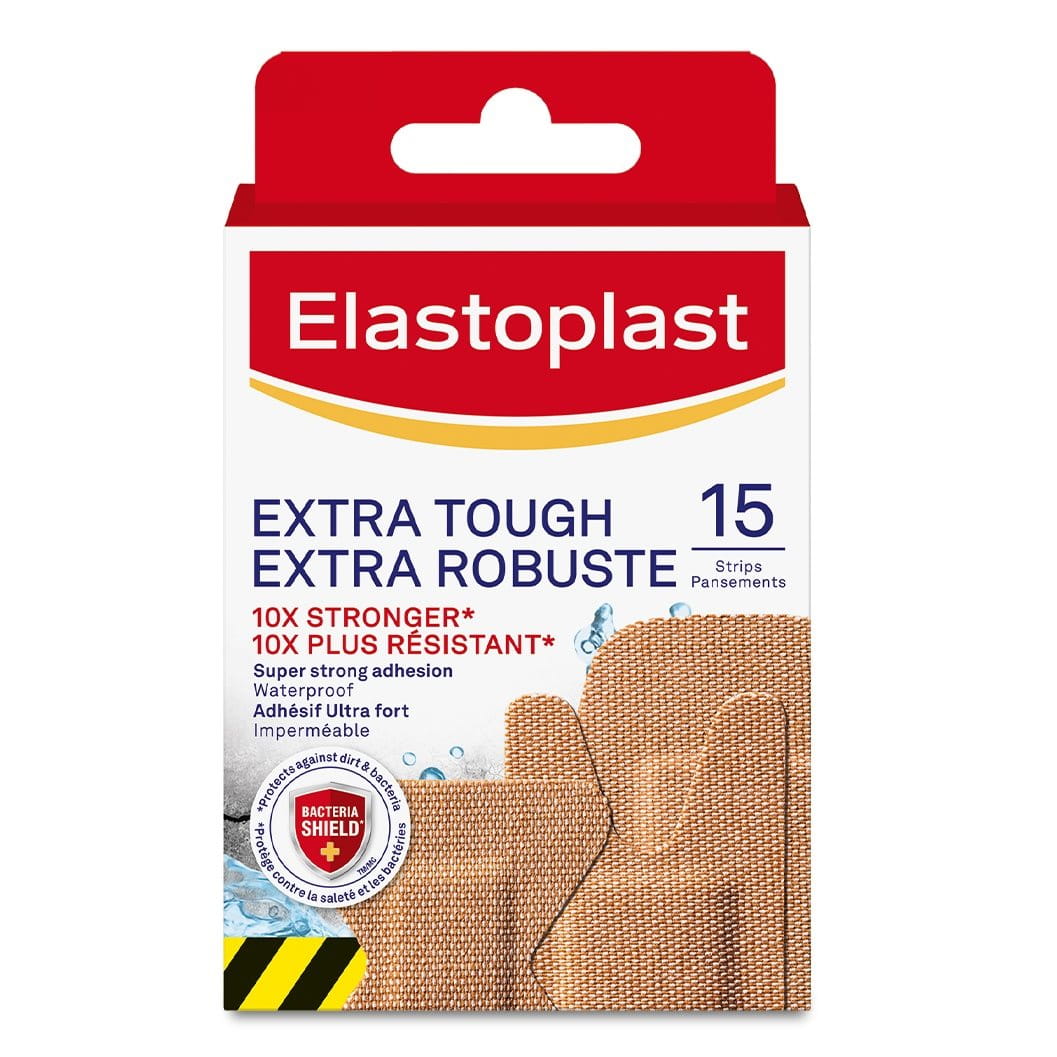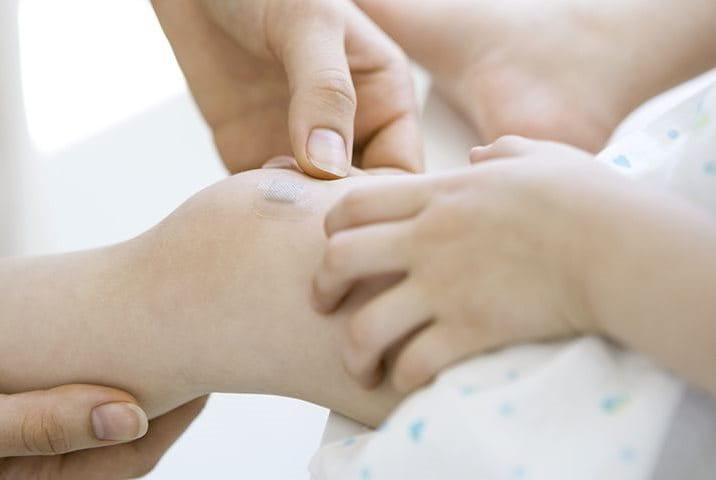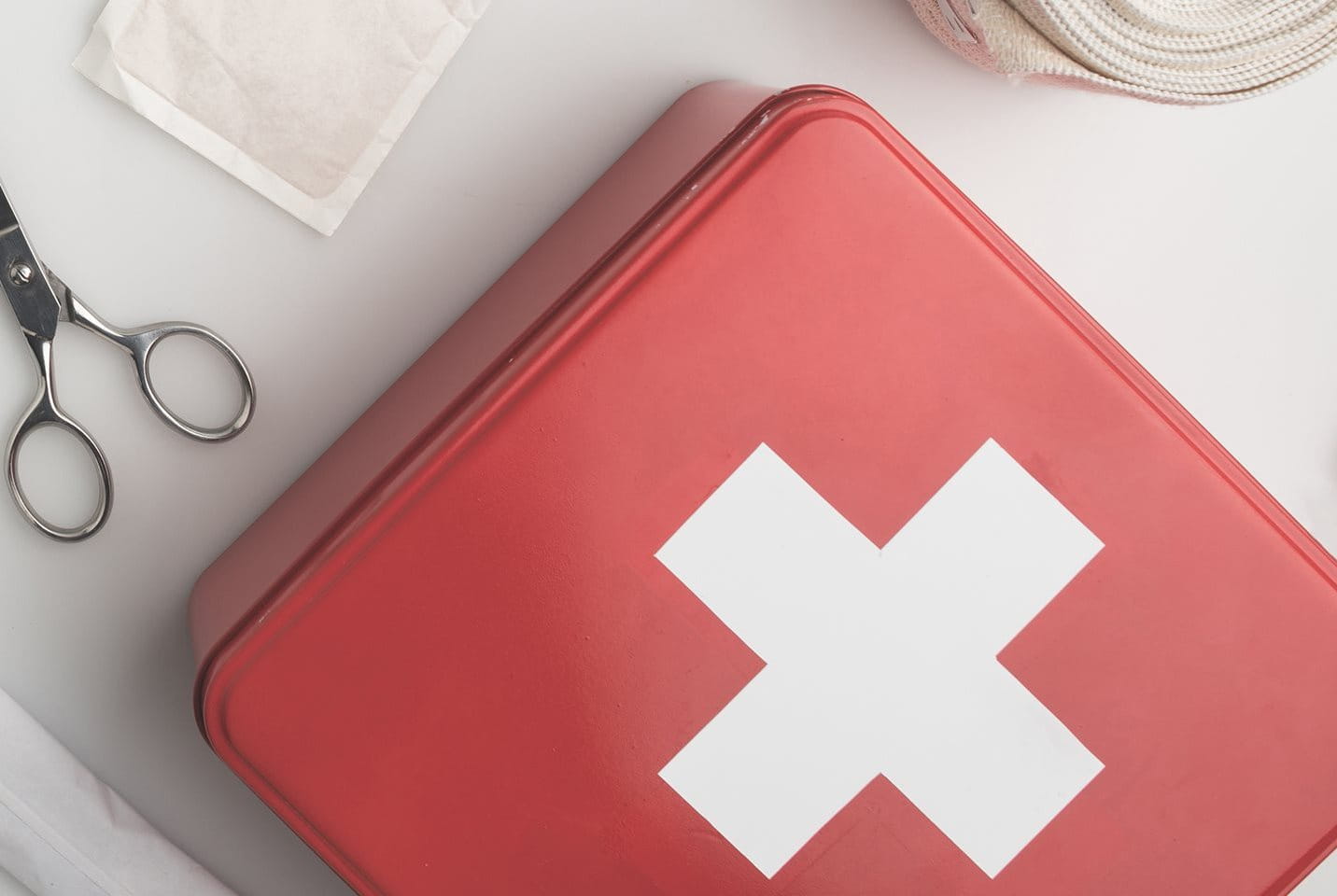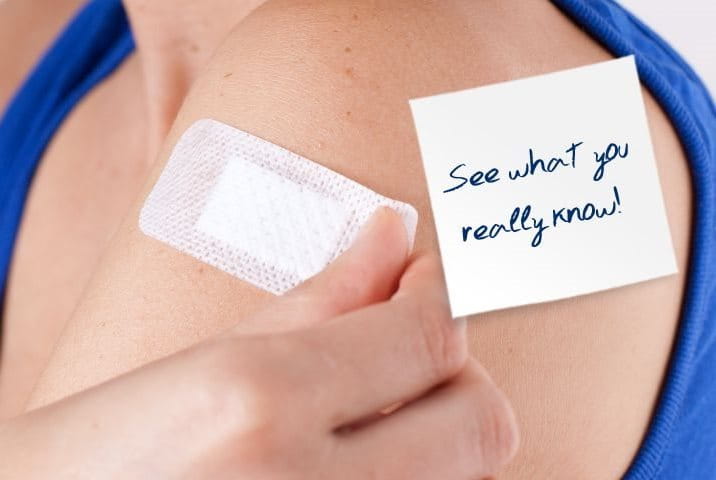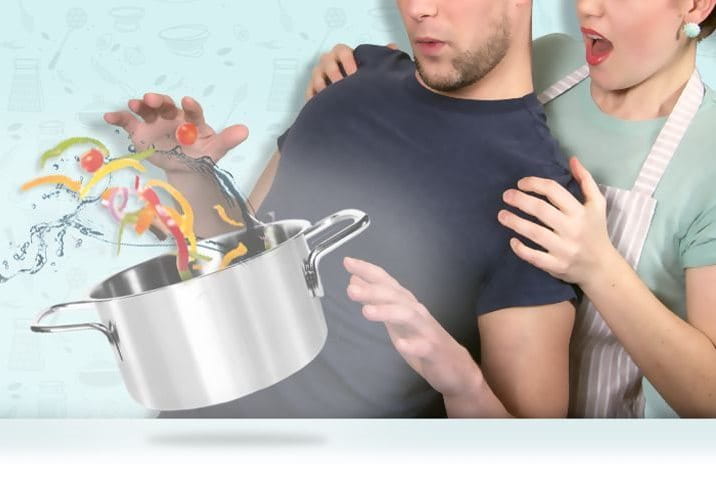SensitiveTM Bandages Medium Skin Tone - 20 strips - 2 sizes
Product Info
SensitiveTM bandages
When you’ve got sensitive skin, even a little cut can cause extra discomfort. But we’ve got you covered. Elastoplast SensitiveTM bandages are our most skin-friendly option, designed for gentle and effective protection of minor wounds.
*Elastoplast bandages block 99% of bacteria, based on microbial barrier testing

Elastoplast SensitiveTM bandages are Latex-free and suitable for easily irritated skin.
- The soft and breathable material is hypoallergenic.
- The non-stick wound pad protects and cushions the wound.
- The secure and skin-friendly adhesion keeps the bandage in place while being painless to remove.
- Elastoplast Sensitive bandages are suitable for diabetics.
- Latex-free

 *Skin compatibility dermatologically approved.
*Skin compatibility dermatologically approved.
How To Use
Packaging Size
Product Content
|
Product |
Type |
Size |
Quantity |
||||
|---|---|---|---|---|---|---|---|
|
Product : |
SensitiveTM 20 Strips (assorted) |
Type : |
|
Size : |
19 x 72 mm 30 x 72 mm |
Quantity : |
14 strips 6 strips |
|
Product : |
SensitiveTM 40 Strips (assorted) |
Type : |
|
Size : |
19 x 72 mm 30 x 72 mm
50 x 72 mm Ø 23 mm |
Quantity : |
20 strips 10 strips
2 strips 8 spots |
-
1. How often should I change my bandage?
Although Elastoplast bandages are known to stay on strong for quite some time, it is recommended to change dressings daily to keep the minor wound clean. -
2. Is it better to let small wounds dry in the fresh air instead of putting on a bandage?
We'll let you in on a little secret – it's a common myth that keeping minor cuts and scrapes uncovered to let them "air out" helps them heal faster. But in reality, the complete opposite is true. Research shows that covered wounds heal more efficiently and have a reduced risk of infection. Elastoplast products provide protection until the wound is completely healed. Myth busted.
-
3. When should I consult a doctor?
We recommend contacting a medical professional under the following circumstances:
- if the wound is deep and causing major bleeding
- if the wound shows signs of infection such as redness, warmth, pain and swelling
- if there are embedded foreign objects in it
- in case of animal or human bites
- if the wound is in the area of the face
- if there is insufficient tetanus vaccination
and of course always when you have questions or are uncertain.
-
4. What if my wound gets infected and suppurates?
You should contact a medical professional if you recognize signs of infection. This is not only the occurrence of pus but also swelling, redness, heat, pain, itching or burning. In case of infection the wound will need medical care and special medical treatment. -
5. Which bandage should I use for my sensitive skin?
If you have very sensitive skin we recommend using the Elastoplast Sensitive or Sensitive Kids products. These bandages are especially developed for sensitive skin and are very skin friendly and hypoallergenic.
